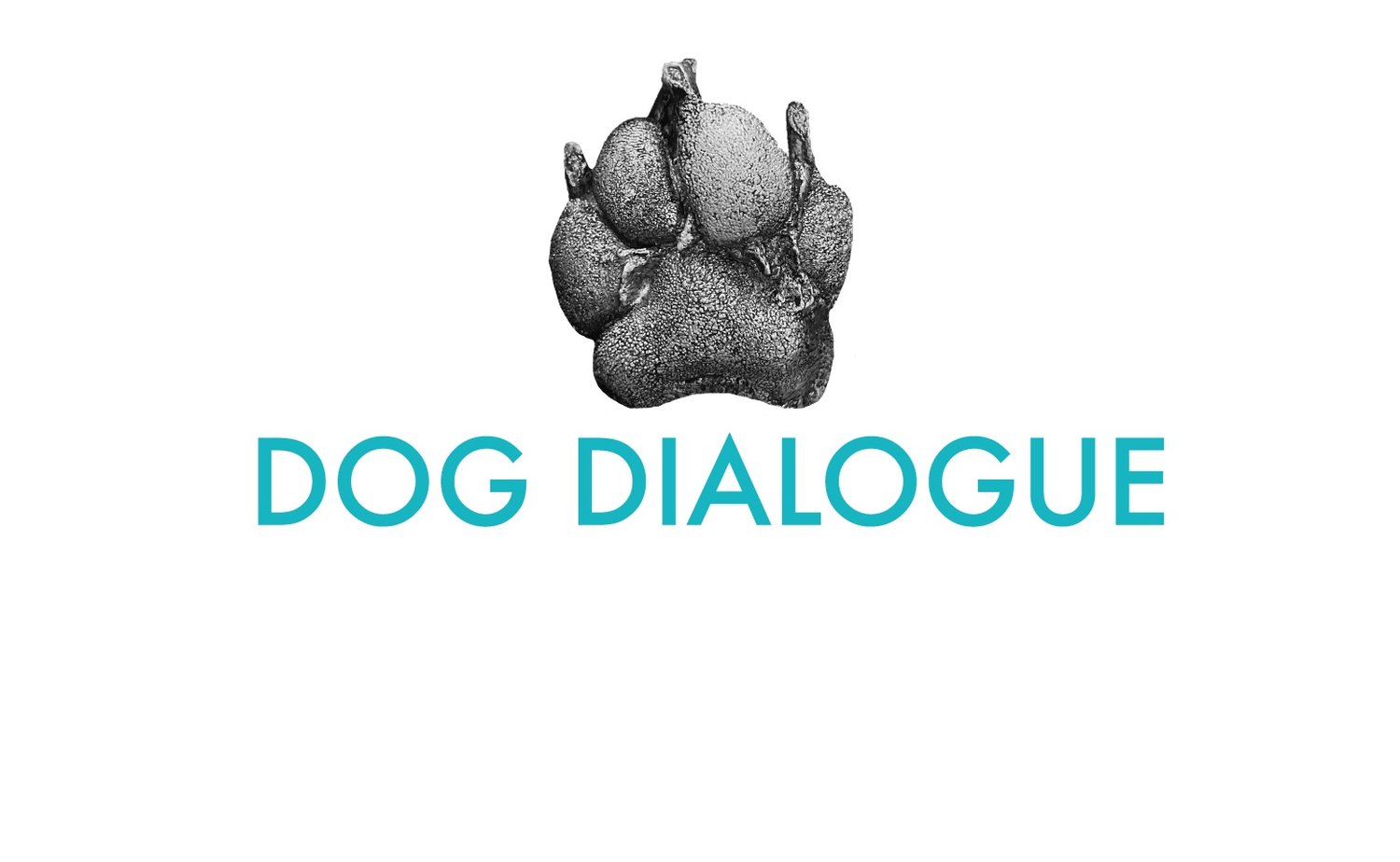Understanding dog aggression
Understanding Dog Aggression: Why It Happens and What You Can Do
Dog aggression is one of the most common behavioural concerns dog owners face—and one of the most misunderstood. Seeing a beloved pet growl, snap, or lunge can be alarming, but it’s important to remember that aggression is a form of communication, not necessarily a sign of a “bad” dog. Understanding the causes behind aggressive behaviour is the first step toward managing and improving it.
What Is Dog Aggression?
Aggression in dogs can take many forms: growling, barking, snarling, baring teeth, lunging, or even biting. These behaviours often stem from a place of fear, frustration, anxiety, or instinct. While aggression can seem sudden or unpredictable, it usually develops over time and can often be traced back to specific triggers or situations.
Why Does Dog Aggression Occur?
There are several reasons why a dog may show aggression. Some of the most common include:
1. Fear or Anxiety:
Many dogs become aggressive when they feel threatened or cornered. This is often referred to as fear-based aggression. A lack of proper socialisation during a puppy’s formative months can increase fearfulness around people, other dogs, or new environments.
2. Resource Guarding:
Dogs may guard food, toys, bedding, or even people. This behaviour is instinctual and based on survival. Guarding becomes a problem when the dog reacts aggressively toward others trying to approach or take the item.
3. Pain or Medical Issues:
A sudden change in behaviour, especially in an otherwise calm dog, can sometimes be linked to an underlying health issue. Pain, neurological problems, or hormonal imbalances can contribute to aggression.
4. Frustration (Redirected Aggression):
Also known as barrier frustration, this occurs when a dog is unable to reach a desired object or animal and redirects its aggression toward another target—such as the handler or another nearby dog.
5. Protective or Territorial Behaviour:
Some dogs feel the need to protect their home, family, or pack. While this instinct can be natural, it can escalate if not properly managed or if the dog misinterprets everyday situations as threats.
6. Lack of Training or Boundaries:
Without consistent training and clear communication, dogs can become confused about acceptable behaviour. This confusion can lead to frustration and, eventually, aggression.
What Can Be Done About It?
The good news is that dog aggression can often be managed and significantly improved with professional guidance. A tailored training plan that addresses the root cause of the aggression—rather than just the symptoms—is essential.
Working with a qualified dog trainer or canine behaviour specialist can help you:
Identify triggers and patterns of aggressive behaviour
Use positive reinforcement to reshape reactions
Implement desensitisation and counter-conditioning techniques
Build confidence and reduce fear or anxiety
Strengthen communication and trust between you and your dog
Don’t Wait to Get Help
Aggression rarely resolves on its own. If you’re noticing early signs of aggression, such as stiff body language, growling, or avoidance, it’s best to seek support sooner rather than later. Early intervention can prevent behaviours from escalating and keep both your dog and others safe.
At Dog Dialogue, we specialise in helping dogs and their families navigate challenging behaviours with empathy, experience, and evidence-based methods. If you’re concerned about aggression in your dog, reach out to us today for a consultation—we’re here to help you build a safer, happier relationship with your pet.
